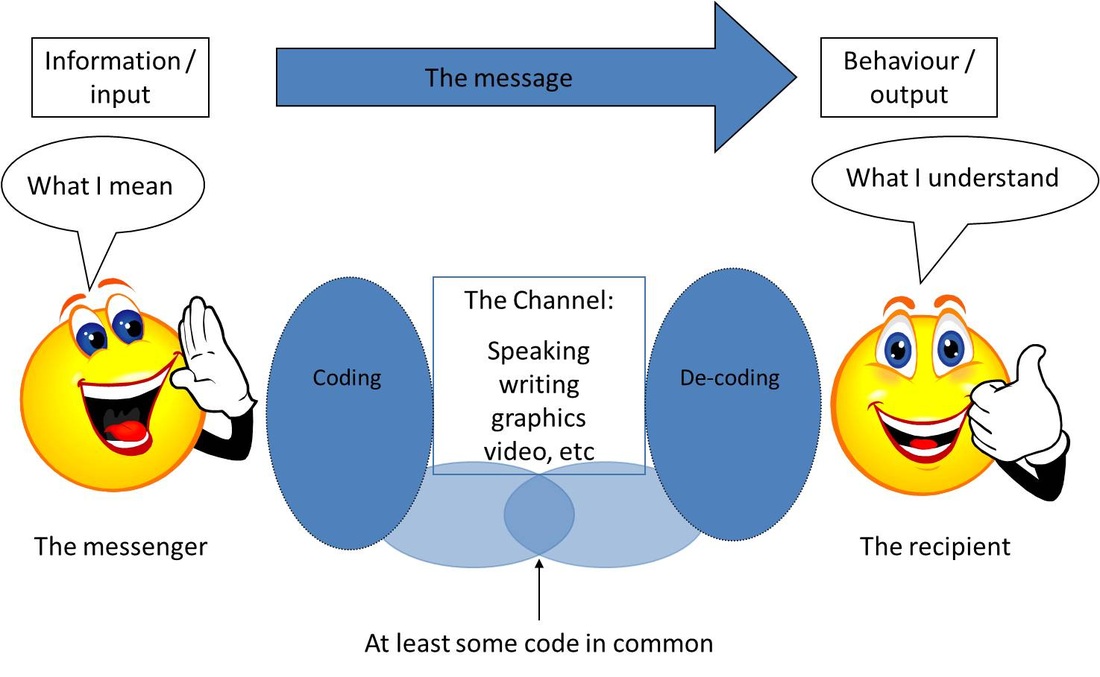

I am not saying you need to use them all, as some do the same thing. The following is a curated list of options for you to choose from. What assessments you use will also depend on the grade level of your students and the time of year you plan on performing the assessment. You also want to use the least amount of assessments possible so you need to be careful about which assessments you choose to evaluate reading skills. So, you should plan to use screeners, diagnostic assessments, and progress monitoring (in that order) to plan out your instruction. These do not provide information that is specific enough to guide isntructional planning. They include high-stakes tests and other nationalized tests. Outcome assessments – Outcome assessments measure the achievement of groups, such as classrooms, schools, and districts.These help us adjust instruction and improve learning. The information from these assessments tells us if our instruction is having the desired effect. Progress monitoring assessments – Progress monitoring assessments are typically adminsitered periodically to measure ongoing instruction.These are performed after a screener in the area that indicated a weakness, and the information they provde helps us identify and address the specific deficit.

Diagnostic assessments – Diagnostic assessments are follow up tests that break down the areas into specific skills and strategies.The most common screeners are DIBELS, Aimsweb, and the ORF (oral reading fluency). Students who show a weakness in a screener would then be given a diagnostic assessment in the area they showed a weakness.



 0 kommentar(er)
0 kommentar(er)
